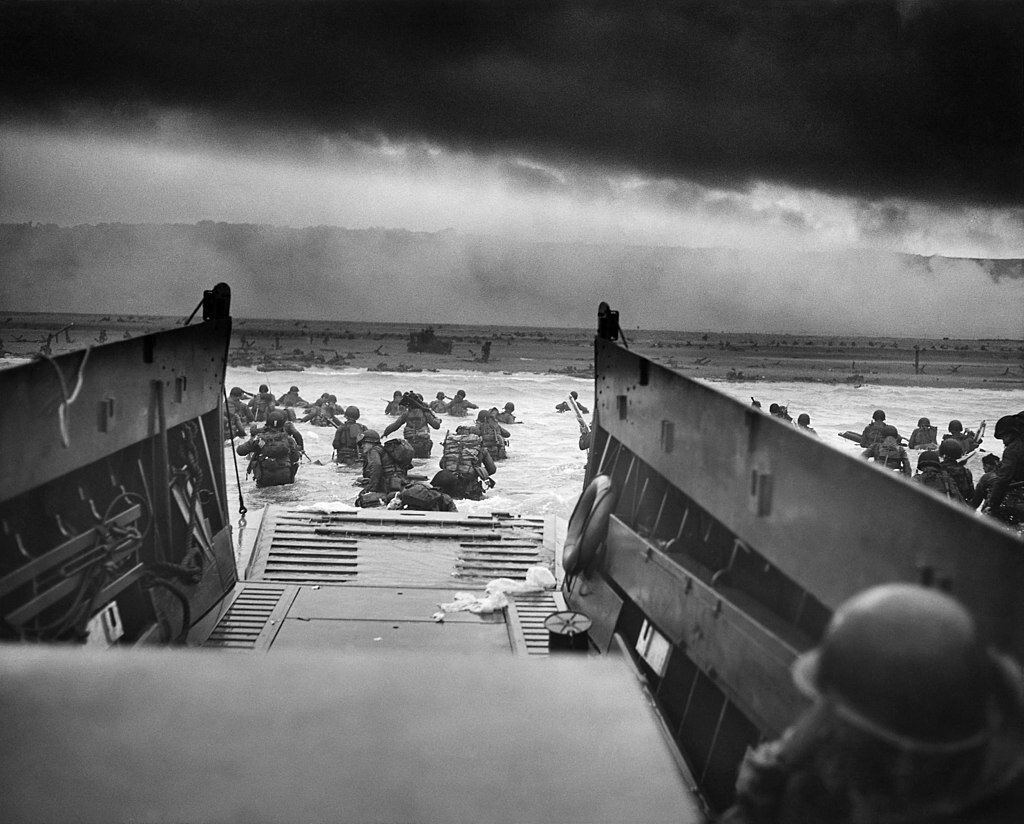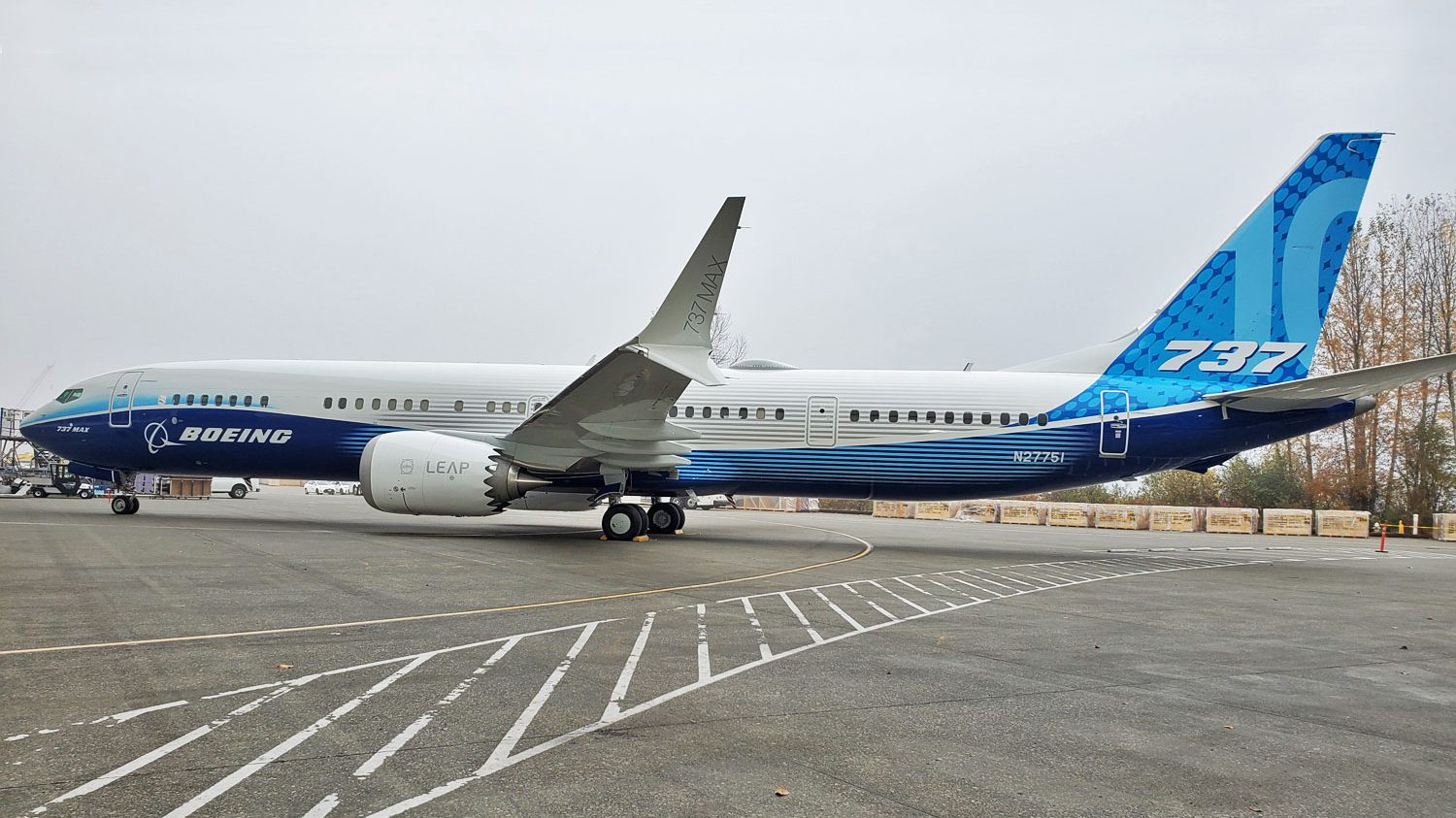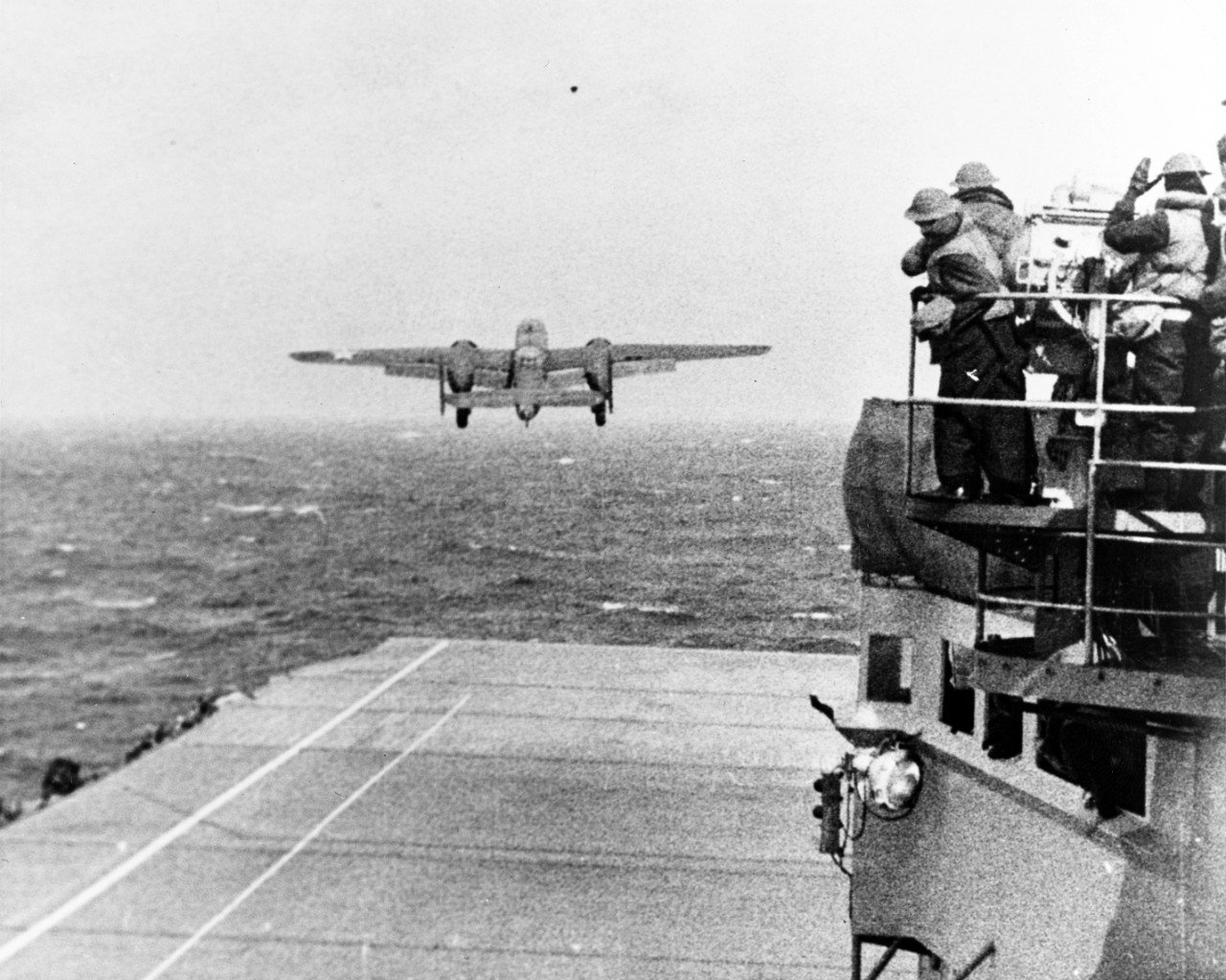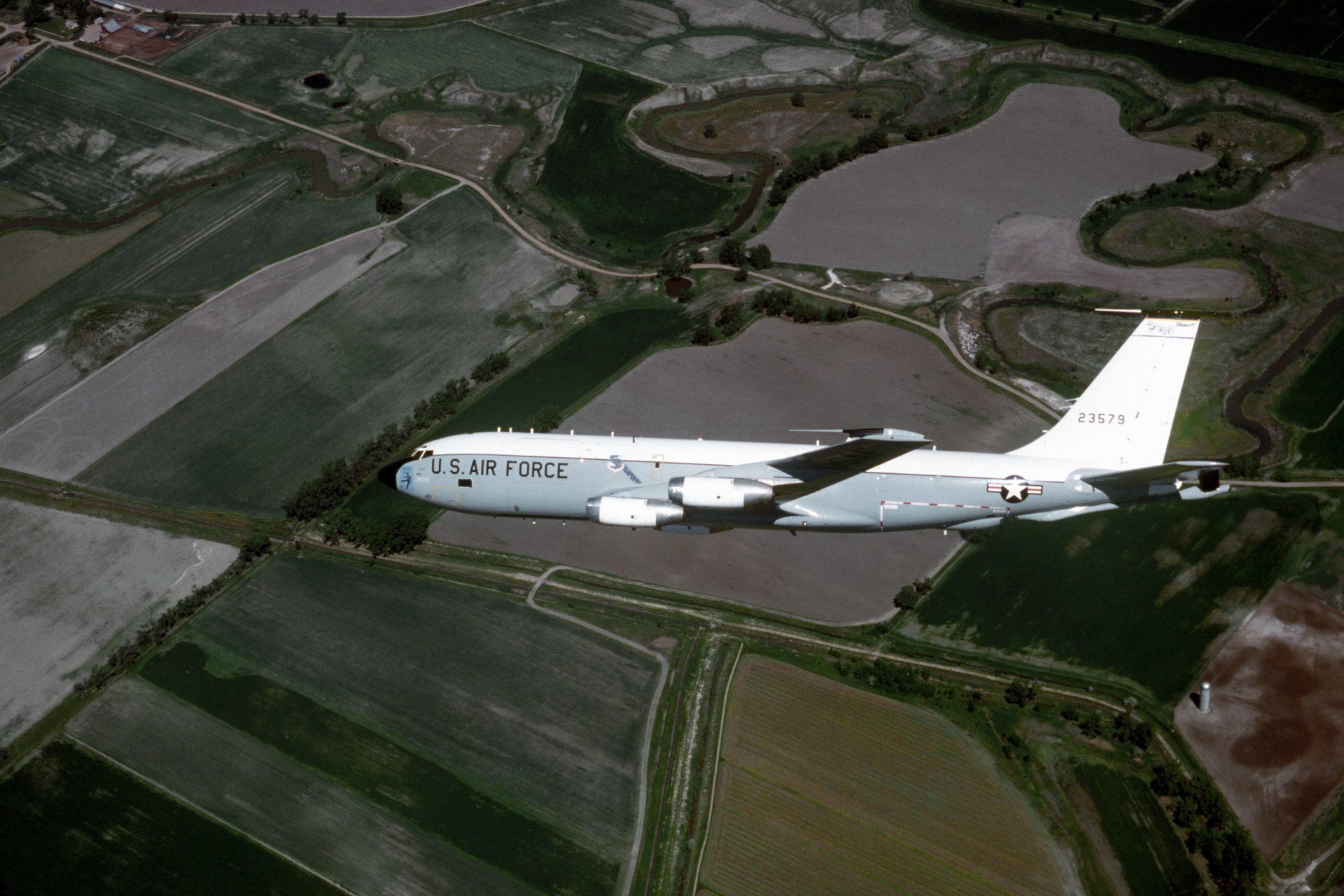Boeing 747: Civilian Variants
January 4th, 2023
This post is a continued version of the previous 747 post and will have all of the 747 civilian variants from the -100 to the -800 that were planned or were built by The Boeing Company. Boeing planned with the Boeing 747 to only produce about 500 before the SSTs (Supersonic Transport aircraft) ruled the airline market, but instead, over 1500 aircraft have been built!
Classic Variants (100, SP, 200, 300)
-100:

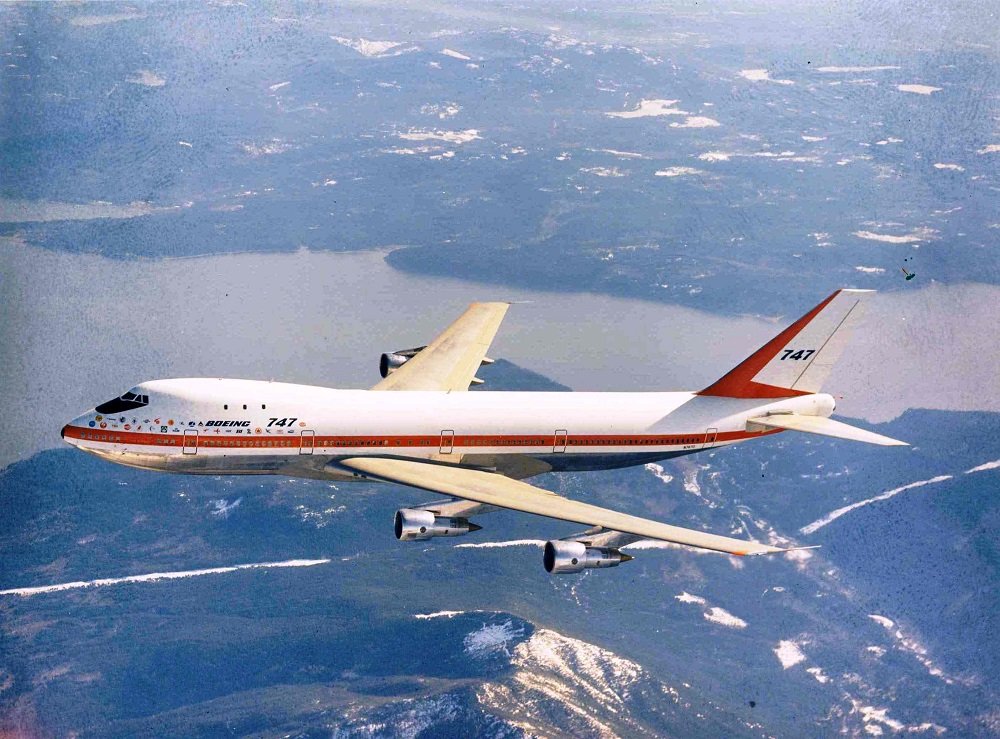
The Boeing 747-100 was the first variant of the 747. The -100 int its early days had several problems, such as being several thousand pounds overweight, which caused Boeing to have to order new engines. A fun fact is that Boeing had to build a newer, larger factory to make the 747-100 and due to 80 days of rain, Boeing was determined to keep up their 747 deadline by starting production while the factory was still being built! The -100 was also used by NASA to transport the Space Shuttle.
SP:
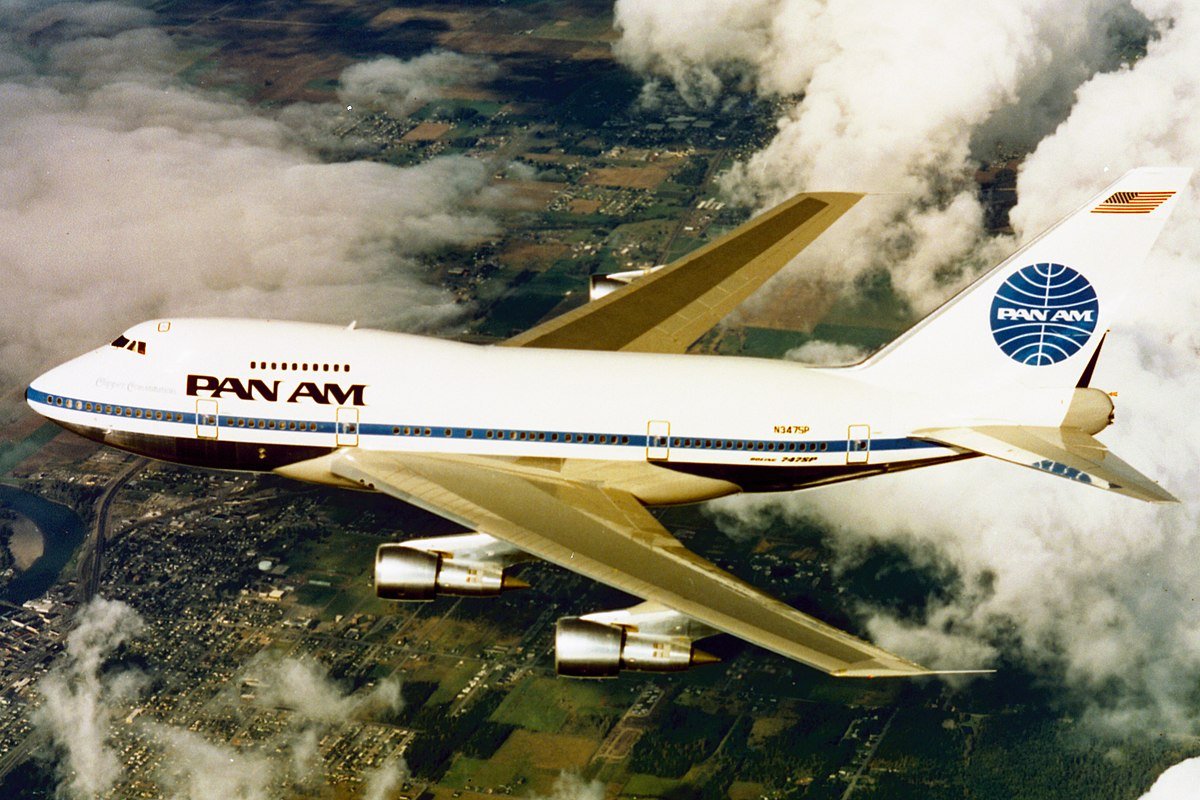
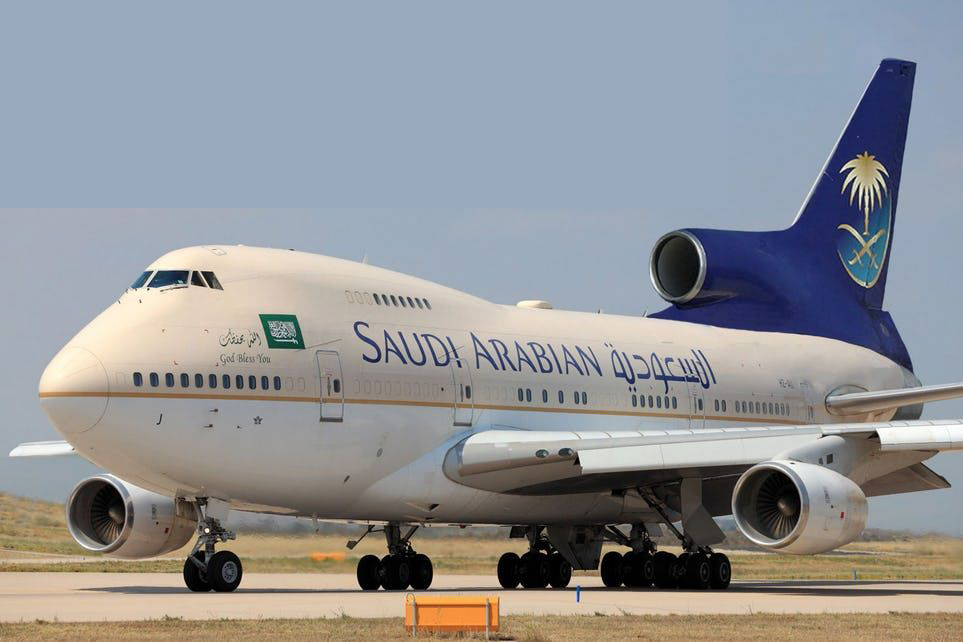
The Boeing 747SP was built with primary Japanese customers in mind, which was similar to both the -100 and the -200, except it was shorter, which ment a smaller payload, which ment longer range. The original design was a trijet (see right picture, above), like the DC-10, MD-11, 727, Lockheed Tristar, just to name a few. The trijet variant was a huge failure, so Boeing changed it so that it had the same wing as the -100. The SP was also used by NASA and DLR as SOFIA with a huge onboard telescope, which was retired on September 30th 2022 and arrived at its new home, Pima Air and Space Museum, in Tucson, AZ on December 13th 2022.
-200:
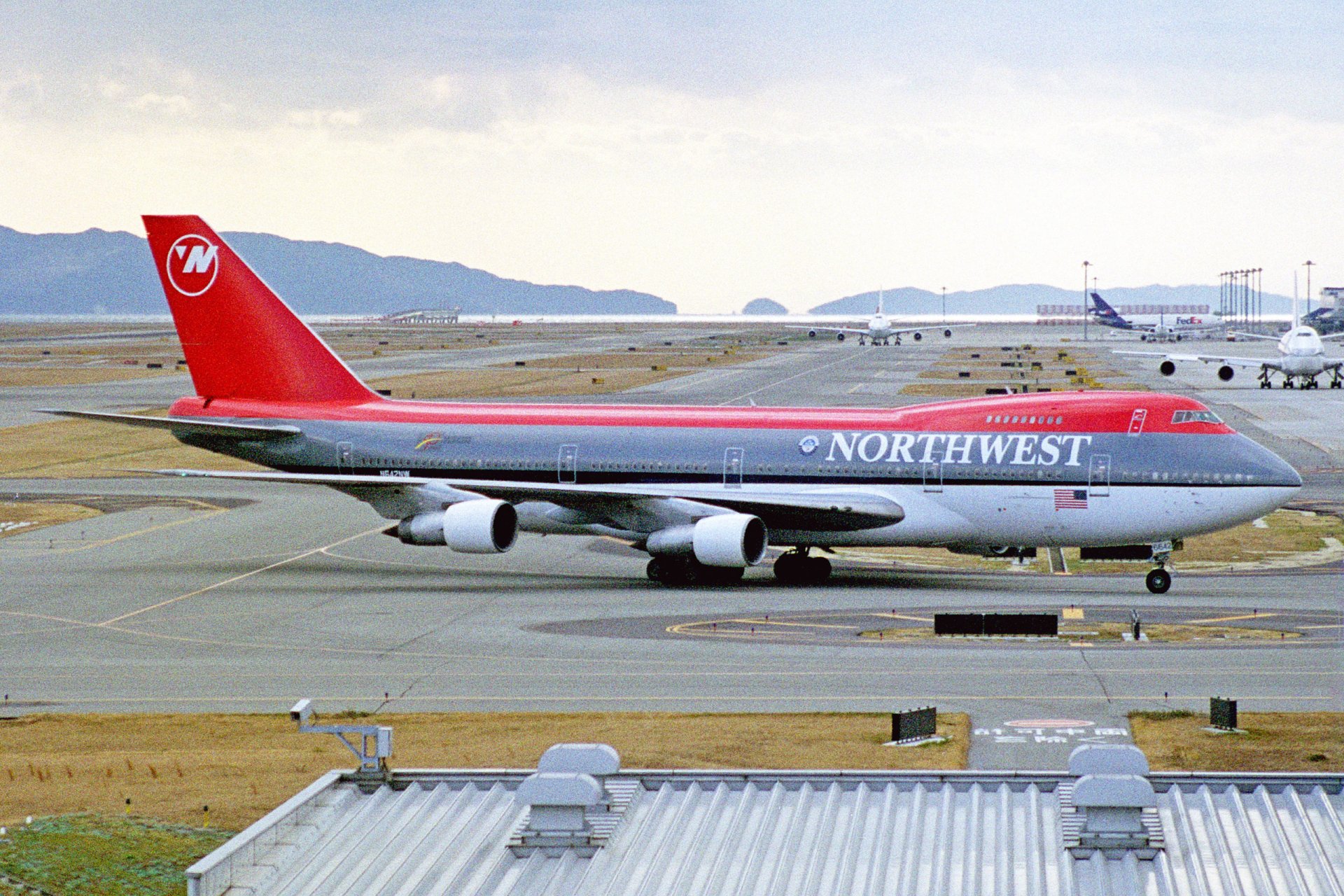
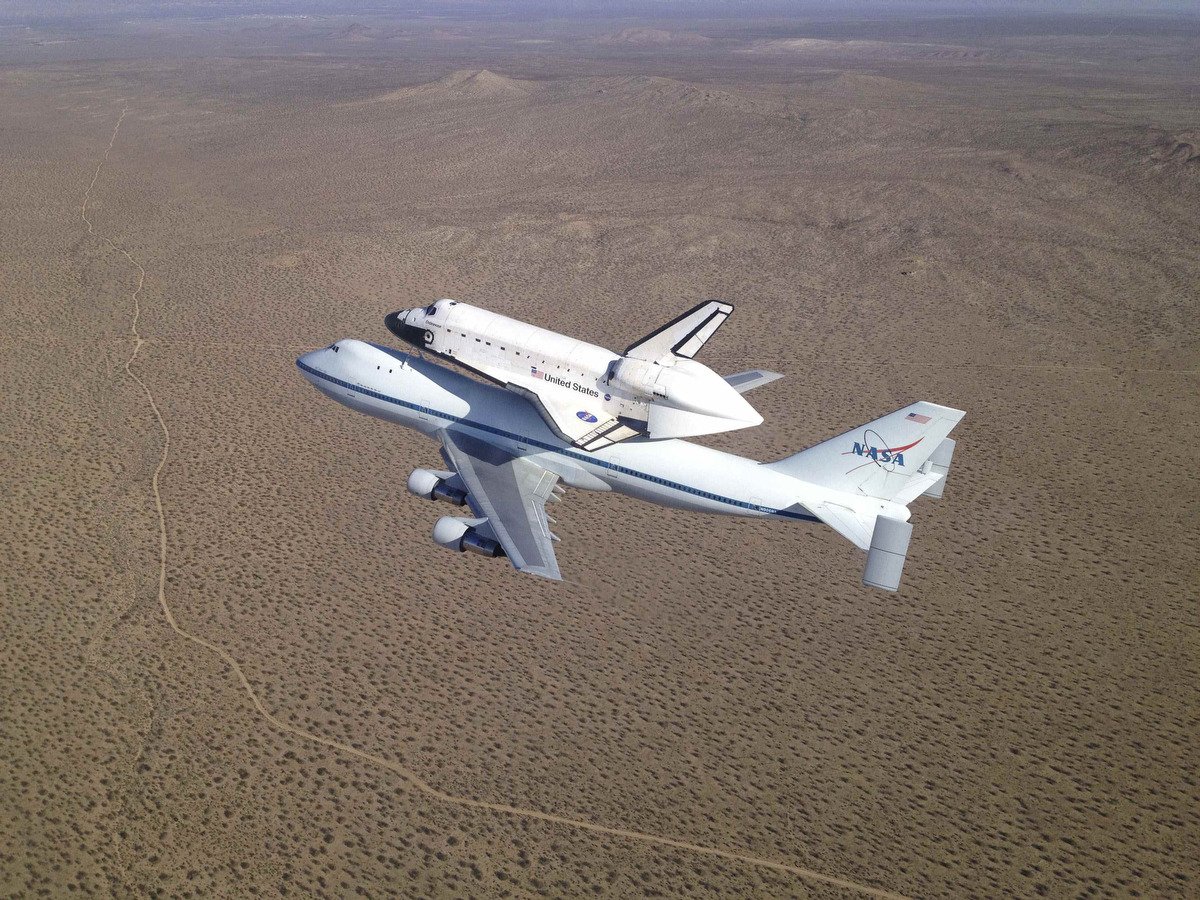
The -200 variant was the most popular Classic 747 (100, SP, 200, 300) variants ever built. The -200 was used by several airlines, and also by NASA for transporting the Space Shuttle, by the U.S. Air Force for transporting the President of the United States as Air Force One, and also by the U.S. Air Force as the E-4 Nightwatch, which is an airborne command and control aircraft. The -200 also was the first 747 variant to have passenger seating on the second deck.
-300:
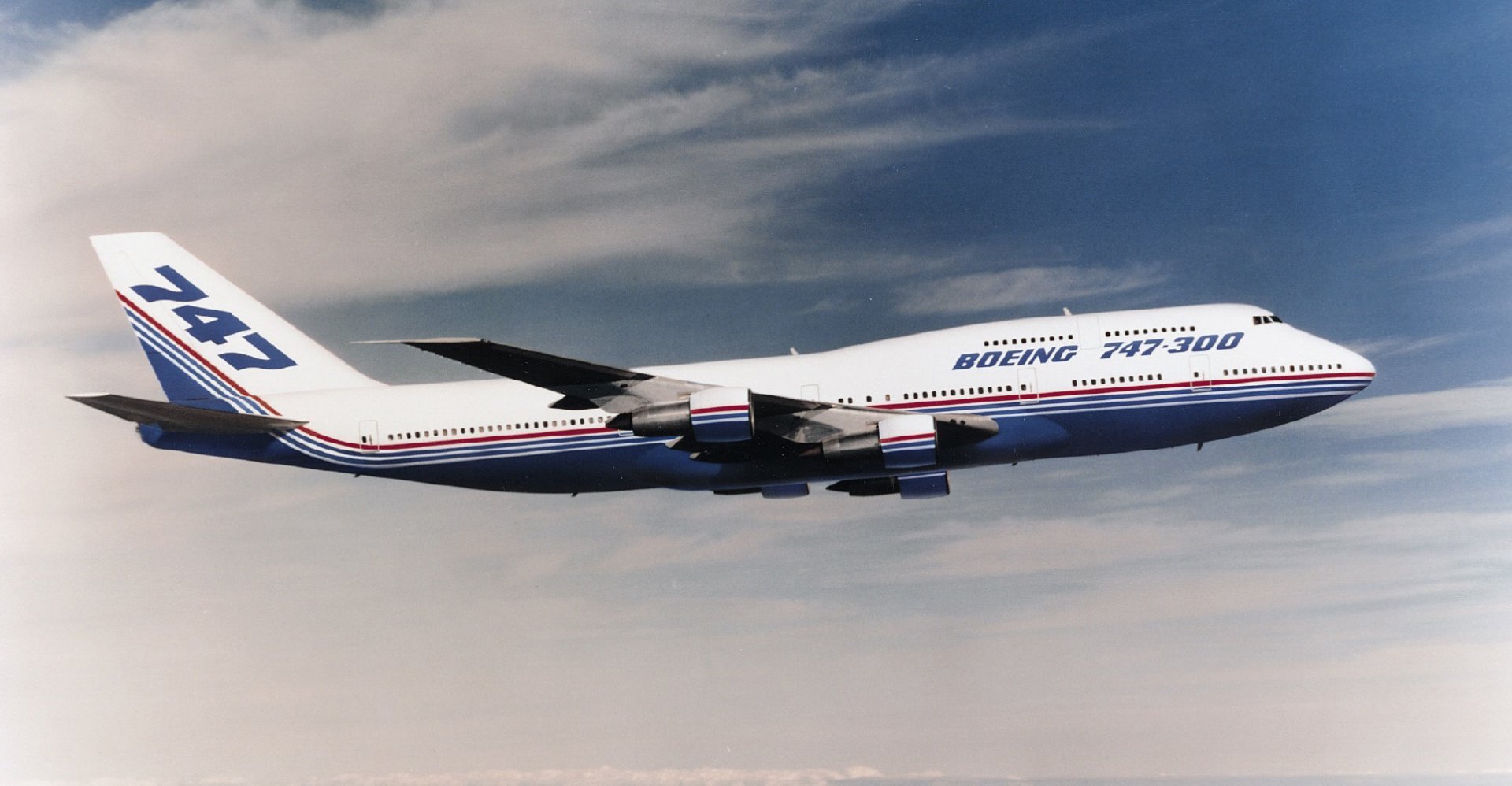

The -300 variant of the 747 is the least popular 747 variants with only 81 aircraft ordered with Swissair as the starting operator. Very shortly after the -300 came out, Boeing was offering the newer, better -400 variant and even offering to airlines that ordered, but hadn't received it yet, to change their order to the -400 variant. Boeing offered the aircraft as passenger, combi (both passenger and cargo) and cargo, of all of these, only 60 passenger, 21 combi, and 0 cargo aircraft were ordered.
New (400, 500, 800)
-400:

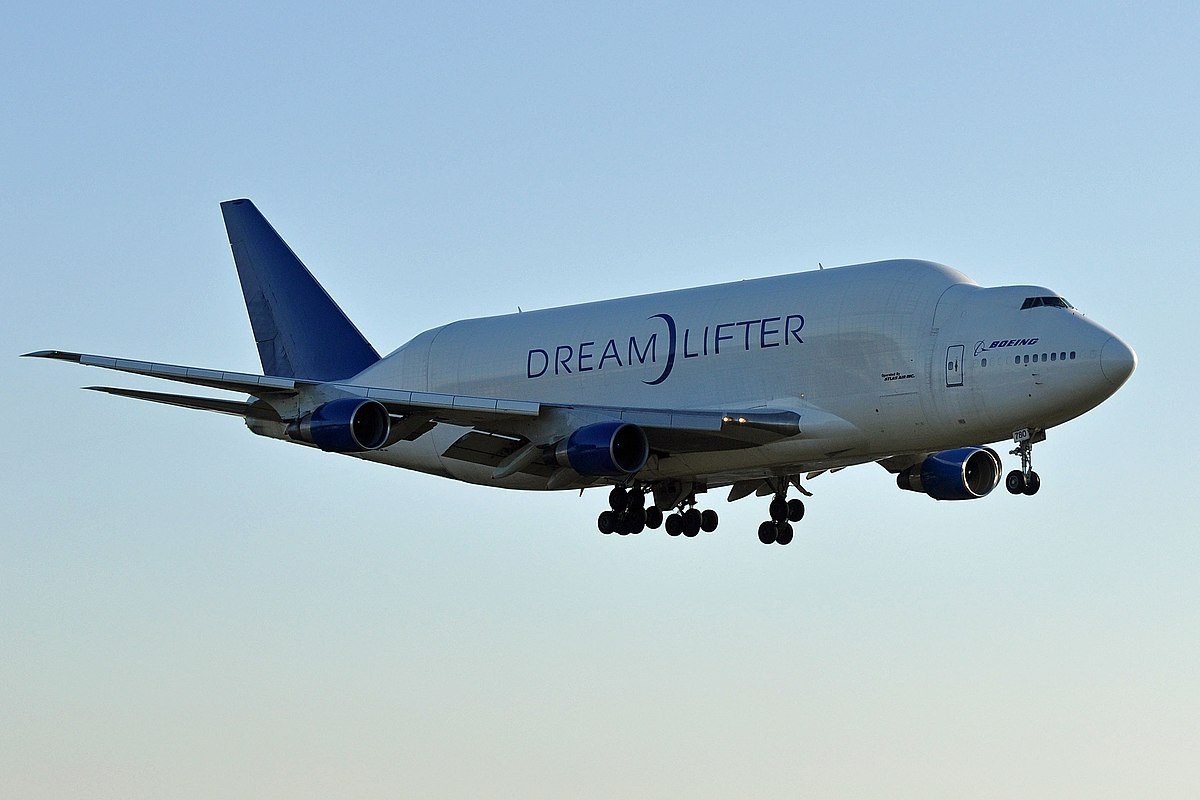
The -400 variant was the beginning of the newer, larger, quieter, and better 747 variants. The -400 a -300 fuselage and wings with newer electronics, better passenger comfort, and quieter and more powerful engines. Several unique -400 aircraft is the -400LCF (Dreamlifter) operated jointly by Boeing and Atlas Air to transport parts for the Boeing 787 Dreamliner. Another variant is the Virgin Orbit Cosmic Girl which is used to launch rockets. Until about 2010, the -400 was the most popular 747 variant ever built.
-500

The -500 variant was never built but was planned to be basically the -400 but with turbopropjet engines, which is basically a jet engine and a turboprop engine merged together. The type failed to receive any orders due to the fact that airlines were worried about how loud the engines would have been. If the -500 would have been built, it would have tremendous range, about twice the range of any other 747 ever built, so it could easily handle flying from Los Angles to Singapore and back without refueling! Another example is that it could fly from New York City to Singapore to Melbourne, Australia without refueling! So, if the -500 had been built, flying could be a ton cheeper.
-800I and -800F
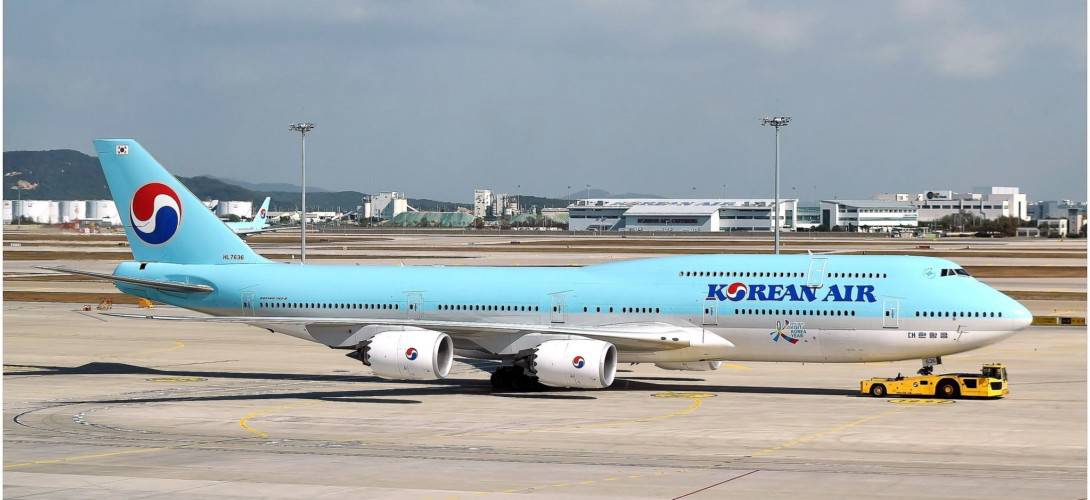
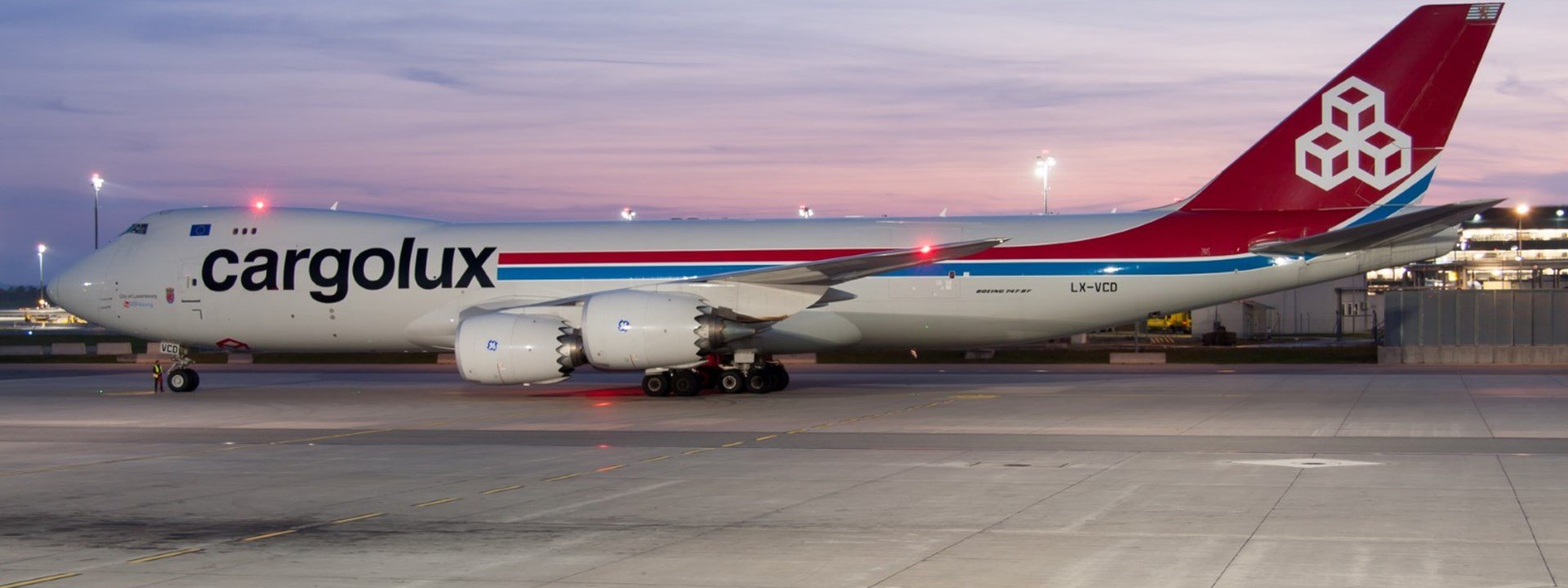
The -800I and -800F are the newest and probably last 747 variants to be built. The type has primarily received orders from cargo companies with the Freighter variant. the Intercontinental variant has primarily received orders from Korean Air and Lufthansa. Several unique aircraft are Code One which is used to transport the President of South Korea, the aircraft has been shrouded in mystery due to the fact that almost all of the interior is classified. Another unique aircraft is SAM 30000, which is supposed to be the next Air Force One, which is due to be delivered in 2025.

